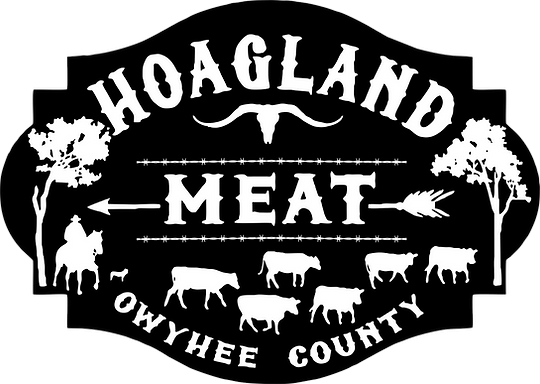Few things are more frustrating than watching your burger disintegrate on the grill like a sandcastle at high tide. But here’s the truth: it’s not your grilling skills—it’s science. The key to perfect patties lies in the grind, the fat, and a few simple handling techniques.
Think of a great burger like a good handshake: firm, but not too tight, with just the right balance of strength and ease. If your patties are falling apart, drying out, or coming out tough, chances are it’s not you—it’s how the beef is being treated.
Here’s your step-by-step guide to building burgers that stay together, stay juicy, and steal the show at every cookout.
1. Skip the Egg and Breadcrumbs—Unless You’re Making Meatloaf
Let’s set the record straight: you don’t need eggs or breadcrumbs to bind a beef burger—not if you’re using the right kind of meat. These mix-ins are meant to compensate for lean meat or veggie-heavy patties.
When you use high-quality ground beef with the right fat content (like an 80/20 or 85/15 ratio), the fat and natural proteins do the binding work for you. If you’re used to adding egg, it’s probably because you were working with ultra-lean meat or loading your patties with extras like onions or cheese.
Rule of thumb:
- Pure beef patties? Skip the egg.
- Lean or mixed patties? A little egg won’t hurt.
Source: Serious Eats – The Burger Lab
2. Fat Is Your Burger’s Best Friend
A juicy burger that holds together owes everything to fat. Too lean, and you’re left with dry, crumbly patties. The fat acts as a natural glue, locking in moisture and holding the beef’s muscle fibers together during cooking.
The sweet spot:
80/20 to 85/15 lean-to-fat ratio.
At Hoagland Meat, our patties are made with a perfect 85/15 blend—no fillers, no starches, just Idaho-raised beef that binds and sears beautifully.

Source: Allrecipes – How Long to Grill Burgers
3. Don’t Overwork the Meat
Here’s where things often go wrong: overmixing. When you over-handle ground beef, you activate a muscle protein called myosin. The result? Tough, rubbery patties with uneven fat distribution that fall apart or dry out.
The fix:
Form patties loosely and gently—treat them like a baby bird. Light hands make juicy burgers.
Source: Harold McGee, “On Food and Cooking”
4. Salt After You Shape
Salt pulls moisture from the meat and starts breaking down proteins. Do this too early—before you shape the patties—and you’ll end up with tight, crumbly burgers.
Pro tip:
Always salt the outside of the patty, after it’s formed, just before it hits the grill.
Source: Food & Wine – Surprise, You Might Be Salting Your Burger Too Soon
5. Cold Patties, Hot Grill
Cold patties keep their shape better, especially when they hit a blazing-hot grill. That hot grill (400–450°F) kickstarts the Maillard reaction, creating a delicious crust that seals in juices and helps bind the surface.
Source: Allrecipes – How Long to Grill Burgers
6. Flip Once. Never Press.
You only need to flip your burger once. Flipping too often ruins the crust. And never press down—you’ll squeeze out all the juices and fat, aka the good stuff.
Timing tip:
Let it cook for 3–4 minutes per side, flip once, and walk away. (But not too far. It’s not a crockpot.)
Source: Simply Recipes – How Long to Grill Burgers
Final Take
A burger that falls apart isn’t a you problem—it’s a beef science problem. Get the right grind, don’t over-handle it, and treat your patty like the edible art it is. The payoff? Burgers that hold together, burst with flavor, and make you feel like the grill royalty you were born to be.
Want a shortcut?
Pick up a pack of our Hoagland Meat burger patties—already formed with the perfect 85/15 ratio, no weird fillers, and ready to sizzle.
Because around here, we let the beef do the talking.



